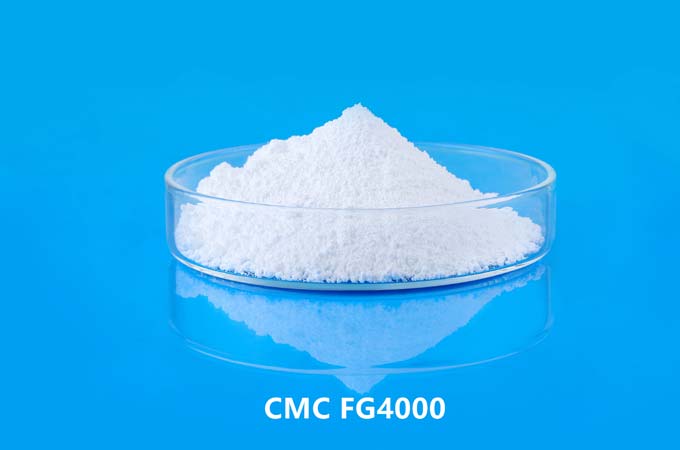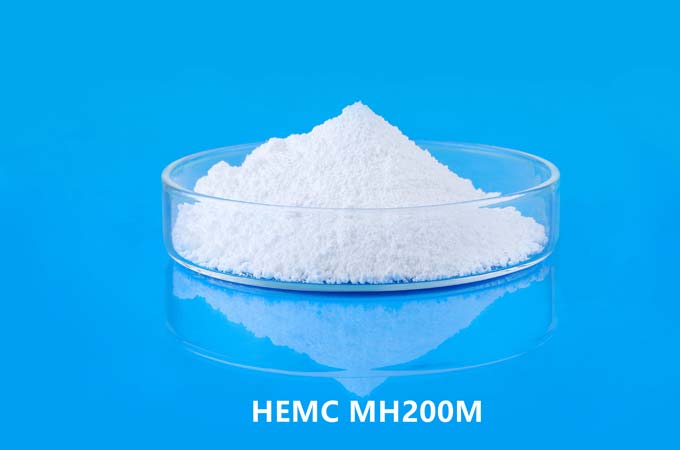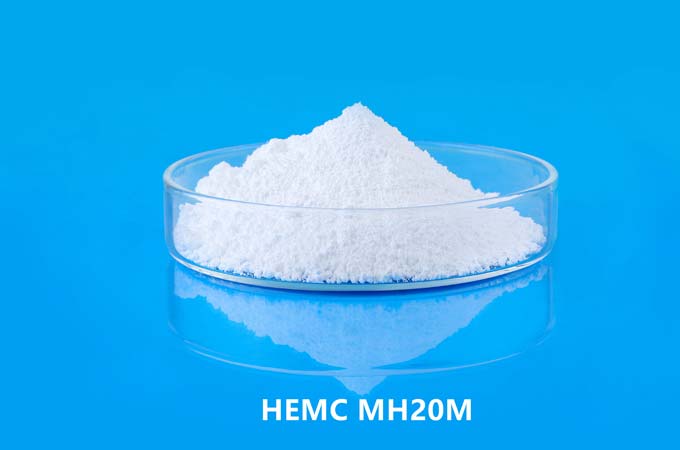Surface-treated hydroxypropyl methylcellulose (HPMC) is a specially treated cellulose ether that is widely used in construction, medicine, food, cosmetics and other fields. Surface treatment significantly improves the dissolution behavior, physical properties and application effects of HPMC in different media.
1. Basic overview of HPMC
Hydroxypropyl methylcellulose (HPMC) is a nonionic cellulose ether obtained through chemical modification based on natural cellulose. It has good thickening, film-forming, suspension, adhesion, lubrication, emulsification, water retention and anti-mildew properties. These properties make HPMC widely used in construction materials (such as mortar, putty), pharmaceutical preparations (such as tablets, eye drops), food processing (such as thickeners, stabilizers) and cosmetics (such as creams, lotions) and other fields.
2. Introduction of surface treatment technology
Traditional HPMC dissolves slowly in water, easily forms gel blocks, and is difficult to disperse evenly. To improve this, manufacturers surface-treat HPMC. The surface treatment process usually involves coating the outer layer of HPMC with a layer of hydrophilic or hydrophobic materials, such as silicone oil, surfactants or other chemical reagents. This treatment changes the dissolution behavior of HPMC so that it does not immediately form a gel when it first comes into contact with water, making it easier to disperse evenly and gradually dissolve.
3. Effect of surface treatment on HPMC performance
Surface-treated HPMC has the following significant characteristics:
Delayed solubility: Surface treatment allows HPMC to have delayed dissolution in water. When the treated HPMC initially comes into contact with water, the surface treatment layer can prevent it from immediately absorbing water and swelling, thereby avoiding the formation of gel blocks. This property is particularly important in construction materials, as it ensures even distribution of HPMC in applications such as mortar and putty, thus improving product quality and stability.
Better dispersion: The dispersion of surface-treated HPMC in water is significantly improved. This makes it easier for HPMC to be evenly dispersed in aqueous media and avoids the agglomeration phenomenon that traditional HPMC easily forms.
Controlling the dissolution speed: Surface treatment allows HPMC to dissolve at a controllable speed in different media to meet the needs of different application scenarios. For example, in some pharmaceutical formulations, delayed release properties can be achieved through surface treatment.
Enhanced stability: Surface treatment can also improve the chemical stability of HPMC, allowing it to maintain good performance in harsh environments such as high temperature and high humidity.
4. Application examples
Surface-treated HPMC is widely used in the construction field, especially in dry-mix mortar and putty powder. Its delayed dissolution properties enable these materials to have better workability and operability during construction, and can effectively prevent early water loss and cracking. In addition, in the pharmaceutical field, surface-treated HPMC can be used to control the release rate of drugs to achieve delayed or sustained release.
5. Future development trends
With the advancement of technology, the application of surface treatment technology in HPMC is also constantly developing. In the future, customized surface treatment technologies for different application scenarios and specific needs will become more common. For example, by changing the types and processing methods of treatment agents, HPMC products with higher specificity and functionality can be developed, further expanding their application areas.
Surface-treated hydroxypropyl methylcellulose is a modified cellulose ether with significantly improved dissolution behavior and application properties. This modification gives HPMC wider and more efficient application potential in fields such as construction, medicine, food and cosmetics. With the continuous advancement of surface treatment technology, the application prospects of HPMC will be broader.
Kima Chemical offers premium cellulose ether products, including wholesale HPMC, designed for various industrial sectors. With a focus on technical specialization, we provide businesses with the knowledge and high-performance materials needed to optimize production and address diverse industry challenges.
 English
English 日本語
日本語 français
français Deutsch
Deutsch Español
Español italiano
italiano русский
русский português
português العربية
العربية Türkçe
Türkçe Nederland
Nederland



